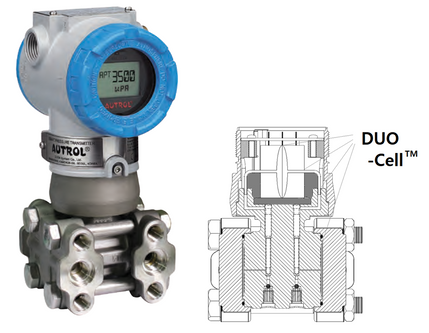Proposed Lock Replacement will Increase Flood Control and Navigation
This flood-control system cannot be modified to pass a project flood safely. A new, larger lock is proposed because vessels are experiencing delays of 2.4 to 4.1 hours per towboat-barge combination. The new lock’s dimensions would be 1,200 feet long by 75 ft. wide. The present lock measures 799 by 56 feet. Depth would remain 15 feet. The Corps of Engineers would buy an additional 102 acres of land to accommodate construction. At present, the Corps holds channel and dredged- material placement easements on this land.
It is expected that the study will be completed by June. Engineering and design would be completed in 2005. Then, cons truction would take about three years, weather and funding permitting. Vessels would continue to use the existing lock while the new one is built in the dry. Keeping the Alternate Route open would allow towboats and barges to avoid a 234-mile detour through the New Orleans area when operating between Baton Rouge and Morgan City. This would also make it possible to avoid creating vessel-traffic jams at the Corps’ navigation locks on the West Bank near New Orleans. Alternatives considered Flood-control-only plans would safely pass the project flood in the Atchafalaya Basin, but not reduce navigation delays. The flood-control only alternatives include (1) an independent float-in flood gate, located on the floodway (Atchafalaya Basin) side of the lock, and (2) A new lock with the same dimensions as the existing lock. Flood control and navigation plans would safely pass the project flood and reduce delays to navigation. Alternatives for a new lock include 75 by 1,200 feet and 110 by 1,200 feet.










